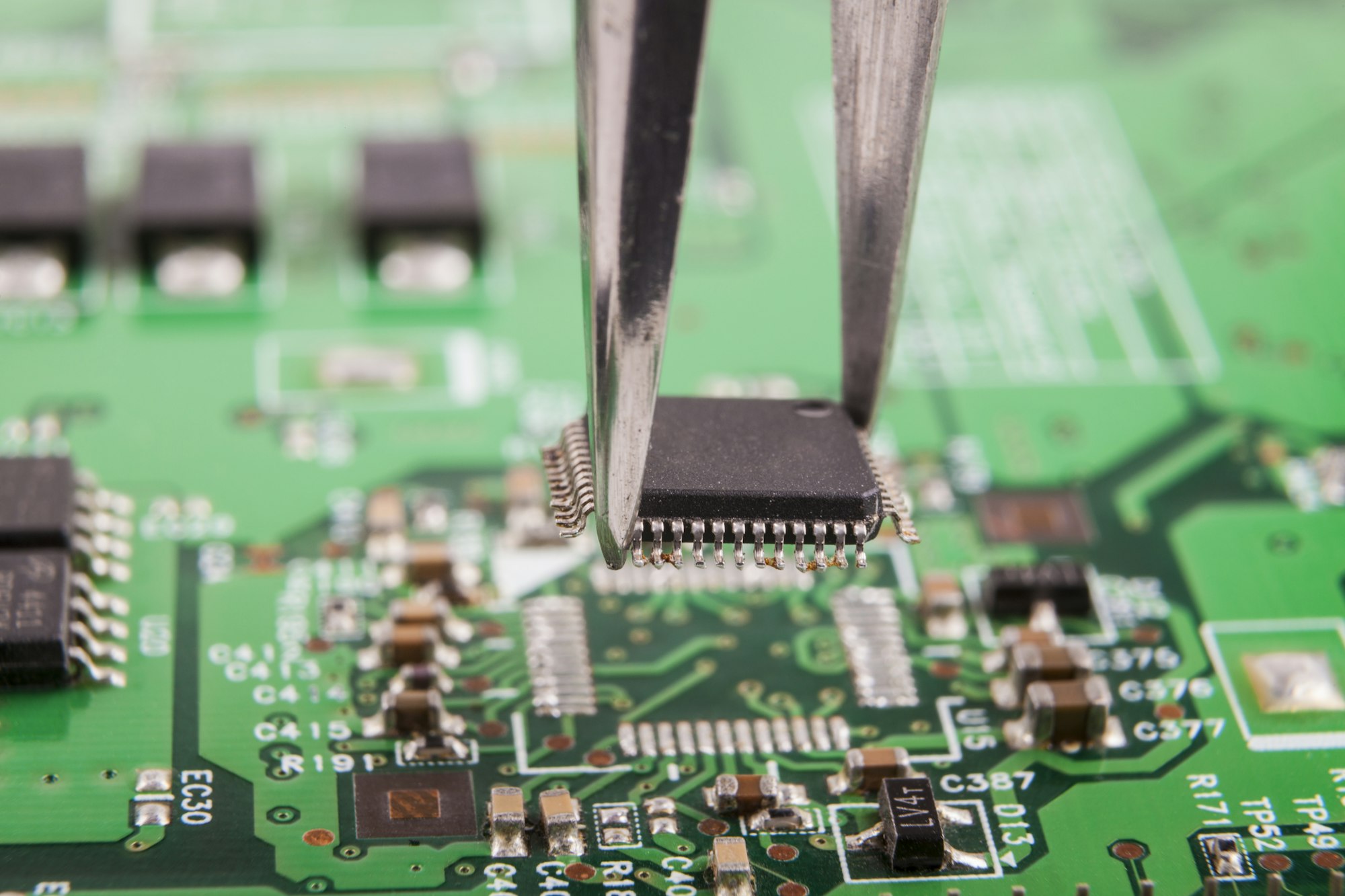Picking the right PCB substrate is a big deal. It’s what makes sure your electronics work right, last a long time, and don’t cost you an arm and a leg. PCB substrates are the base layer of a PCB. They’re what holds the conductive circuitry and keeps it from getting messed up by electrical interference.
What Are the Types of PCB Substrates?
PCB substrates can be classified into three main types based on their flexibility and application:
1.Rigid PCB Substrates
Rigid PCBs are the most common type and are made from solid materials like FR-4 (fiberglass-reinforced epoxy laminate). These substrates provide structural stability and are typically used in applications where the board does not need to bend.
Characteristics:
- High mechanical strength
- Stable at high temperatures
- Low cost
Applications:
- Consumer electronics (e.g., smartphones, laptops)
- Industrial machinery
- Automotive electronics
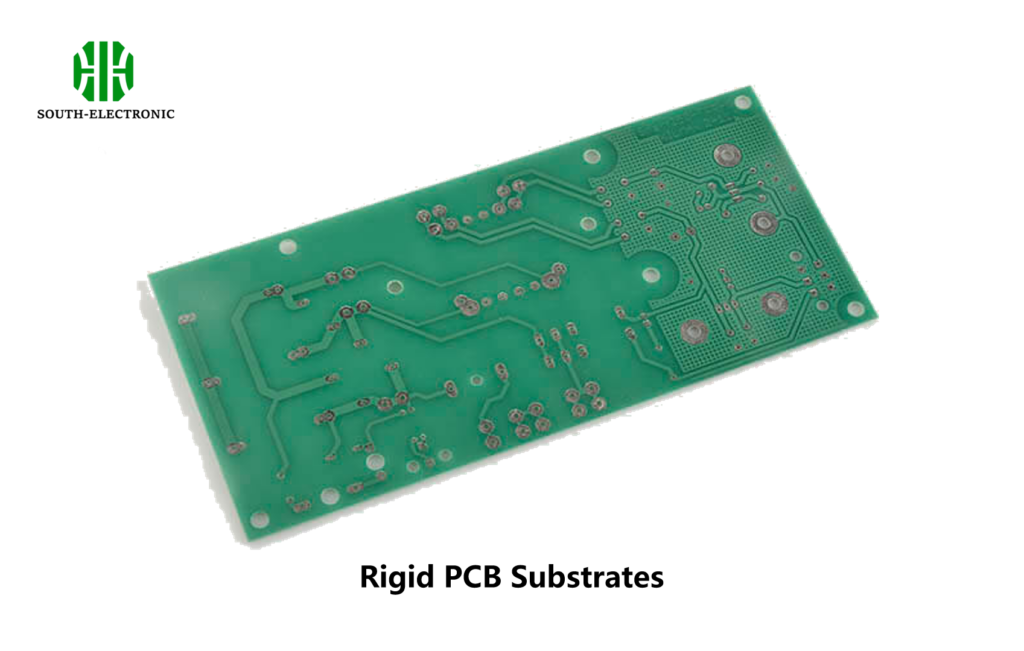
2.Flexible PCB Substrates (FPC)
Flexible PCBs are made from materials like polyimide that allow the board to flex and bend. These substrates are ideal for applications where space constraints or movement are a factor.
Characteristics:
- Lightweight and flexible
- Can withstand repetitive flexing
- More expensive than rigid PCBs
Applications:
- Wearable devices
- Medical instruments
- Aerospace electronics
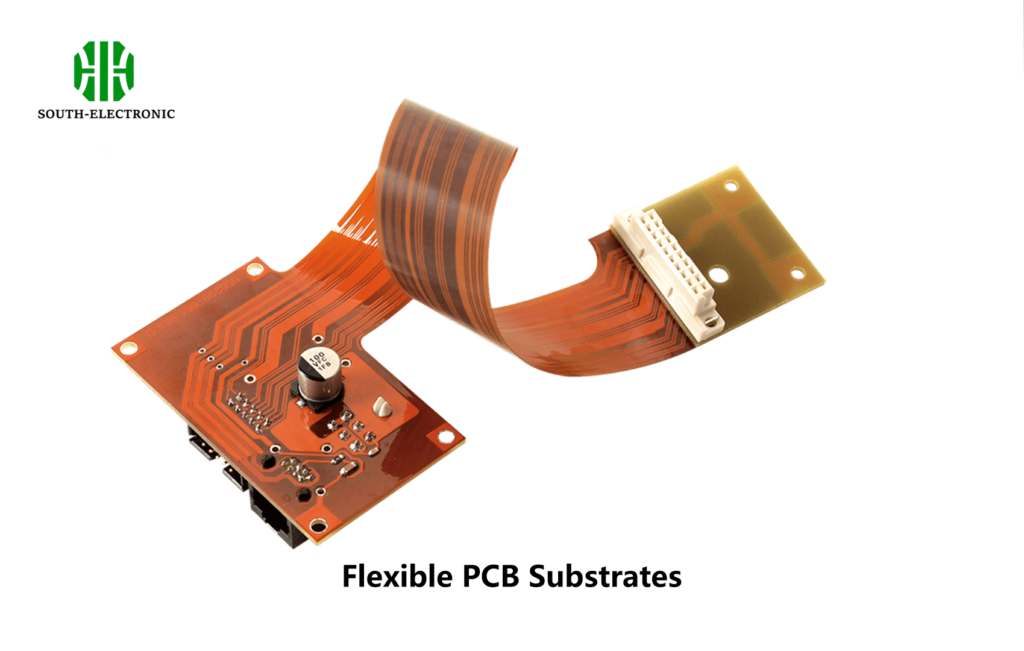
3.Rigid-Flex PCB Substrates
Rigid-flex PCBs combine the benefits of both rigid and flexible substrates. These boards consist of multiple layers of rigid and flexible materials laminated together.
Characteristics:
- High reliability and durability
- Can be designed in complex shapes
- Costly and complex to manufacture
Applications:
- Military and defense systems
- Advanced medical devices
- High-performance electronics
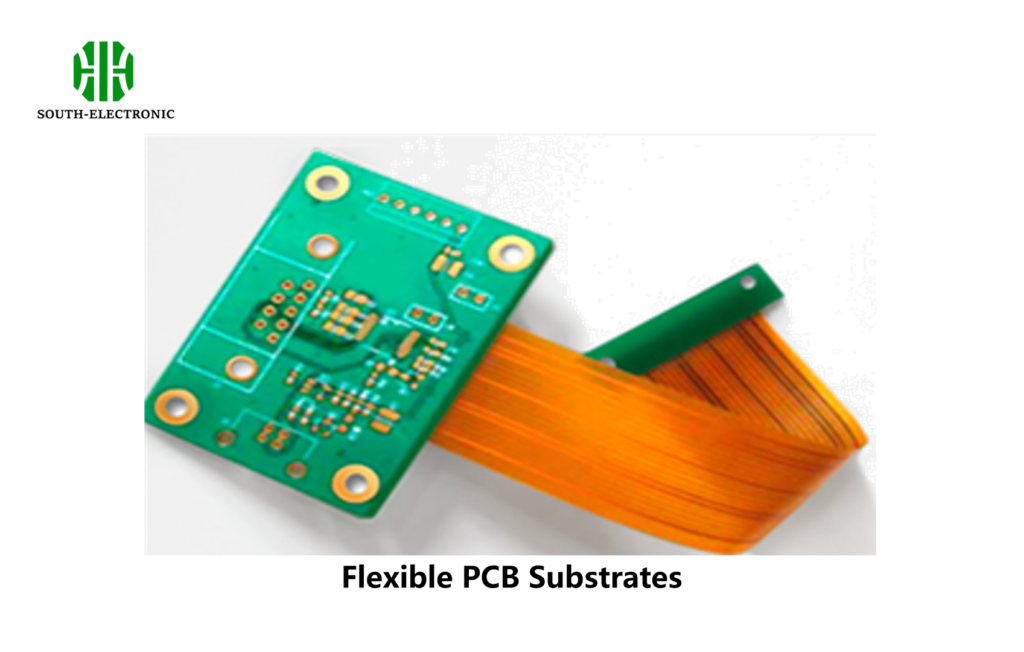
What Are the Categories of PCB Materials?
PCB materials are categorized based on their dielectric properties, thermal performance, and application requirements. Here are the three main types:
1.FR-4 (Flame Retardant 4)
FR-4 is the most widely used PCB material due to its balance of performance, cost, and availability. It is made from woven fiberglass cloth with an epoxy resin binder.
Properties of FR-4 Material
| Property | Value |
|---|---|
| Dielectric Constant (Dk) | 4.2 – 4.5 |
| Glass Transition Temperature (Tg) | 130°C – 180°C |
| Thermal Conductivity (TC) | 0.3 – 0.4 W/mK |
| Water Absorption | < 0.10% |
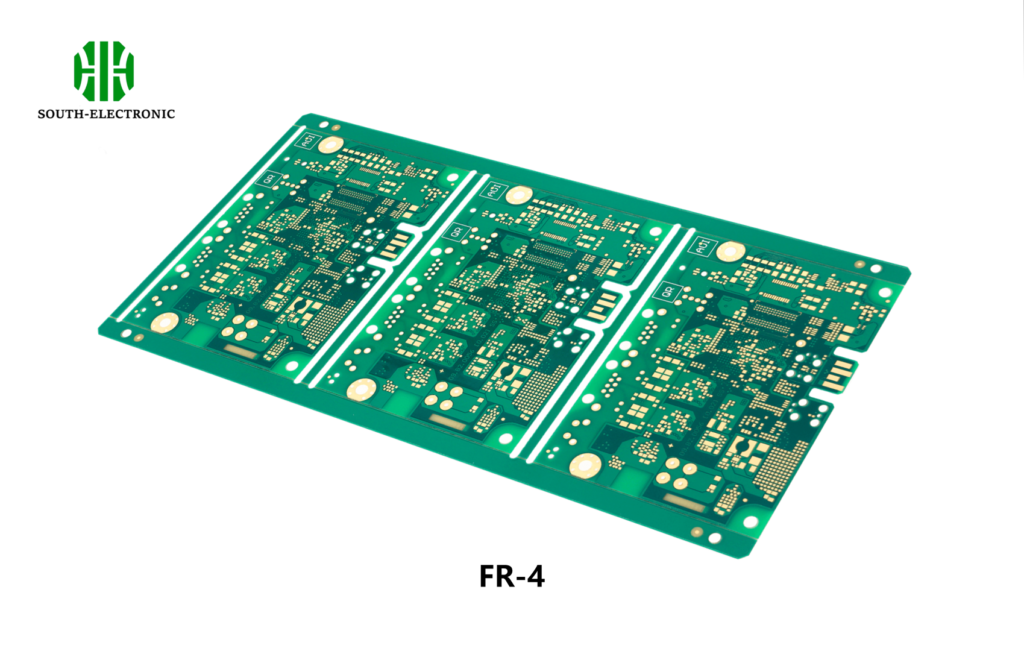
2.PTFE (Polytetrafluoroethylene)
PTFE, also known as Teflon, is used in high-frequency PCBs due to its low dielectric constant and low dissipation factor.
Characteristics:
- Excellent electrical insulation
- Low Dk and Df
- Expensive and challenging to process
Applications:
- RF and microwave circuits
- High-speed digital applications
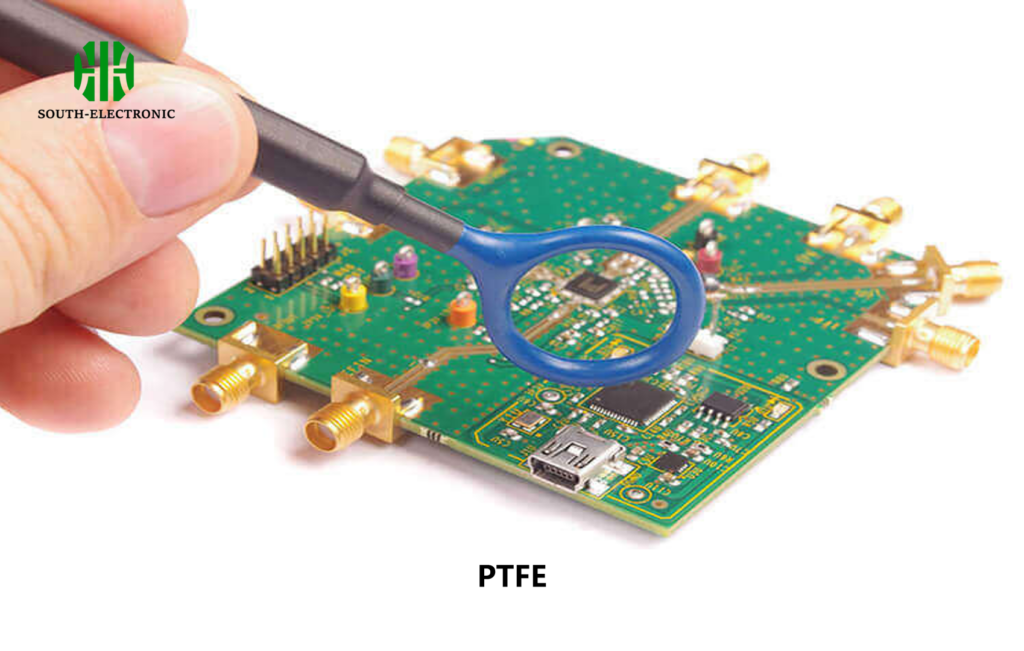
3.Metal Core PCBs
Metal core PCBs use a metal substrate (typically aluminum or copper) to improve heat dissipation, making them ideal for high-power applications.
Characteristics:
- High thermal conductivity
- Enhanced mechanical strength
- Used in power electronics
Applications:
- LED lighting
- Power converters
- Automotive electronics
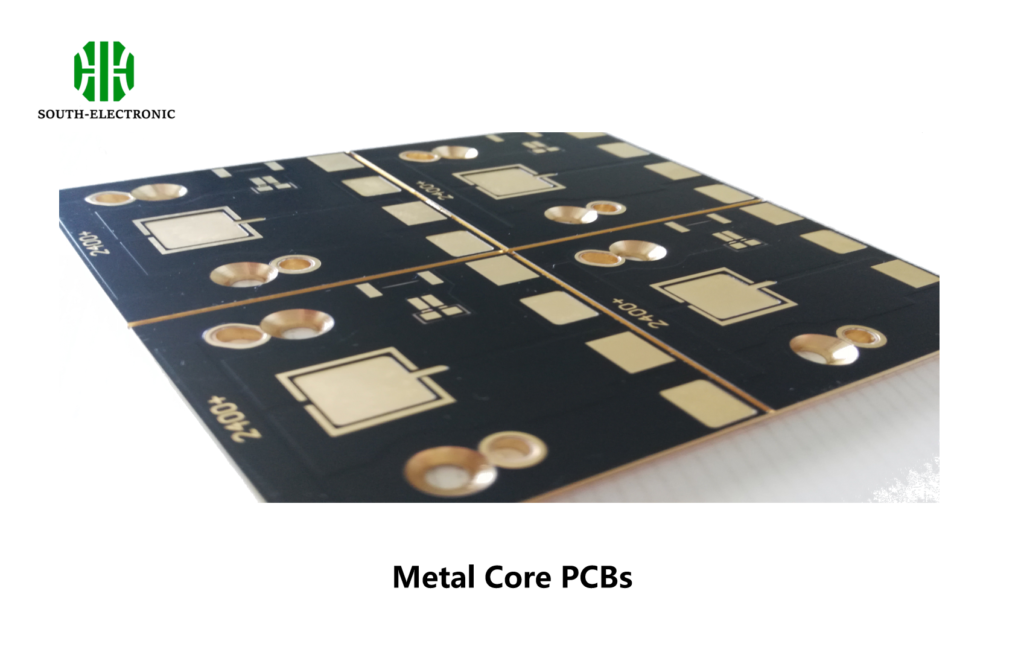
What Are the Classes of PCB?
PCBs are also classified based on their reliability and application environment into three main classes:
- Class 1 boards are used in general electronic devices with limited life and simple functionality. These PCBs are not subjected to stringent quality controls.
- Class 2 boards are designed for higher reliability and longer life, with some tolerance for cosmetic imperfections.
- Class 3 boards are the most stringent in terms of quality and reliability, used in applications where failure is not an option.
| Class | Reliability | Application | Quality Control Level |
|---|---|---|---|
| Class 1 | Basic | General electronics | Low |
| Class 2 | Moderate | Industrial, communication devices | Medium |
| Class 3 | High | Medical, military, aerospace | High |
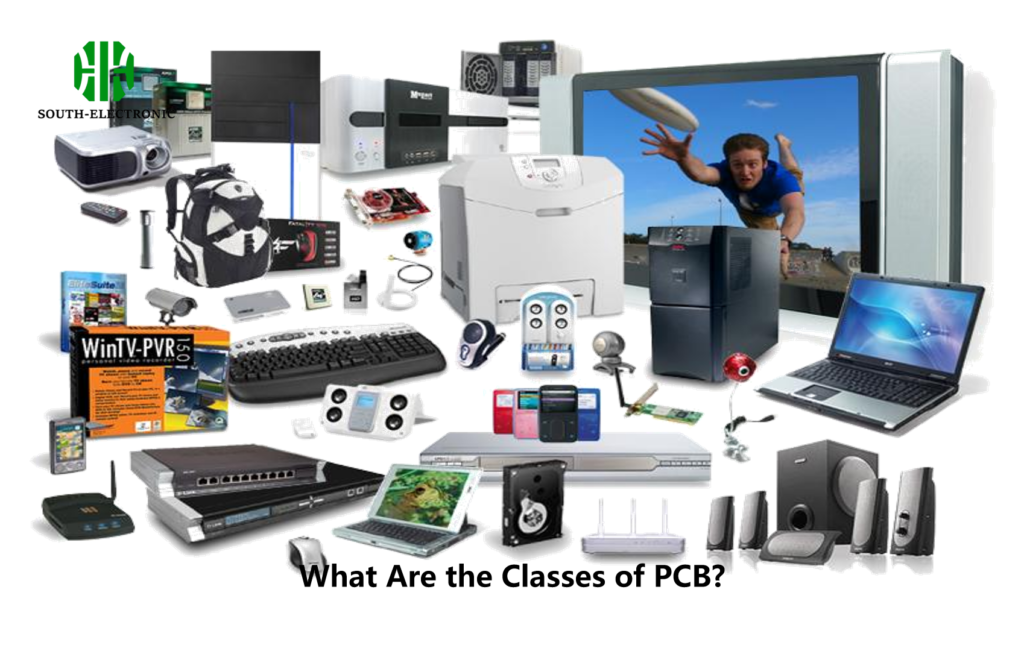
Understanding PCB Material Properties
The mechanical properties of PCB materials are just as important as their electrical characteristics. Here are some key properties to consider:
- Mechanical Strength:Ensures that the PCB can withstand physical stress during manufacturing and operation.
- Flexibility:Critical for applications requiring bending or movement, like in flexible PCBs.
- Thermal Stability:Ensures that the PCB can operate reliably in high-temperature environments.
Picking the right PCB substrate is crucial to making sure your electronic devices perform, last, and don’t cost too much. By understanding the different types, characteristics, and uses of PCB substrates, you can make the best decision for your needs. Whether you’re designing a high-frequency RF circuit or a tough industrial controller, the material you choose will make or break your project.



